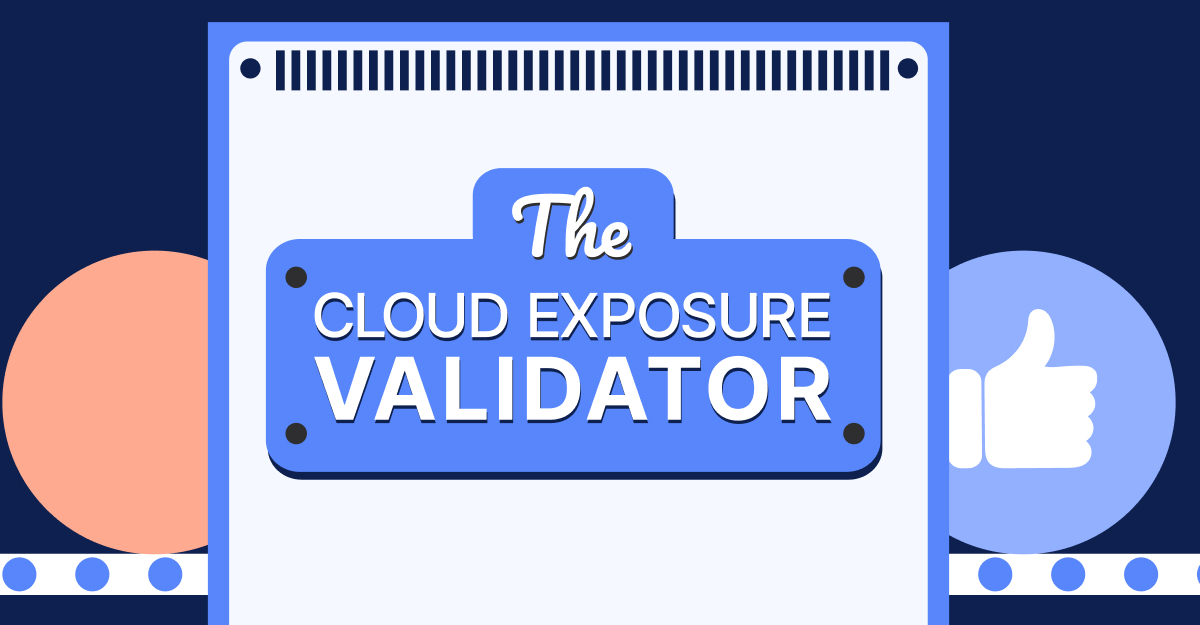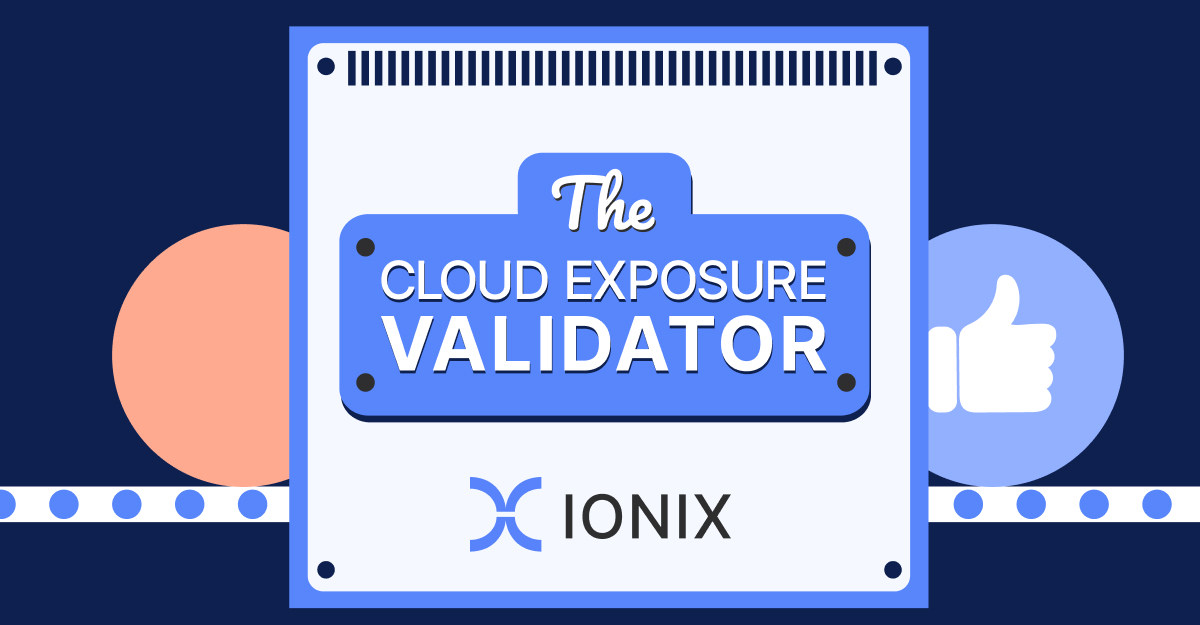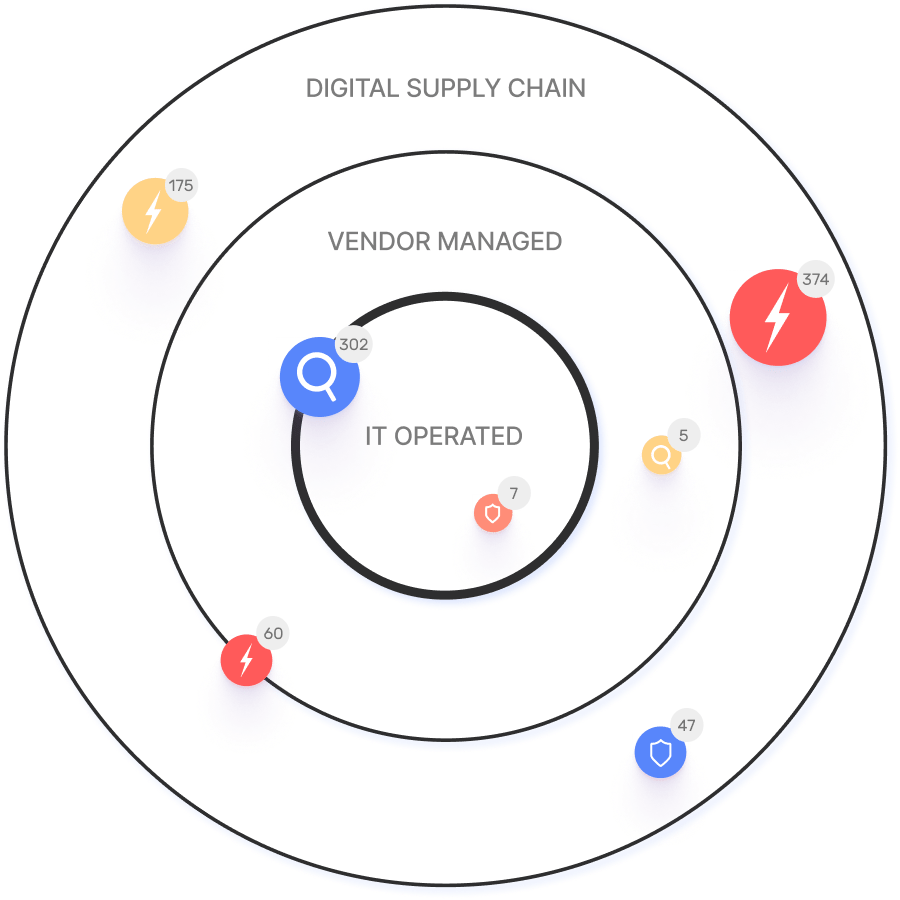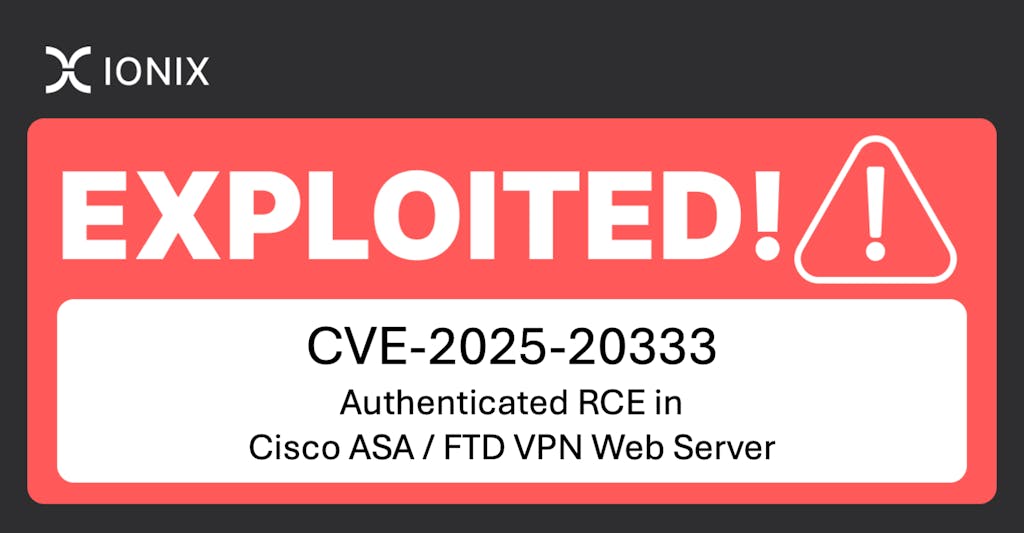Frequently Asked Questions
Product Information & Capabilities
What is IONIX and what does it do?
IONIX is an External Exposure Management platform designed to help organizations identify exposed assets and validate exploitable vulnerabilities from an attacker's perspective. It enables security teams to prioritize critical remediation activities by cutting through the flood of alerts. Key features include complete attack surface visibility, identification of potential exposed assets, validation of exposed assets at risk, and prioritization of issues by severity and context. Learn more.
What are the main features and capabilities of IONIX?
IONIX offers Attack Surface Discovery, Risk Assessment, Risk Prioritization, and Risk Remediation. The platform highlights include ML-based 'Connective Intelligence' for asset discovery, Threat Exposure Radar for prioritizing critical issues, comprehensive digital supply chain mapping, and streamlined remediation workflows. See full feature list.
How does IONIX differ from traditional External Attack Surface Management (EASM) solutions?
IONIX goes beyond traditional EASM by not only providing visibility into externally exposed assets but also validating exploitability, prioritizing remediation, and integrating with broader cybersecurity workflows. Gartner declared EASM obsolete as a standalone category, emphasizing the need for integrated, actionable exposure management—an approach IONIX fully embraces. Read more.
What problems does IONIX solve for organizations?
IONIX addresses challenges such as shadow IT, unauthorized projects, fragmented IT environments, lack of attacker-perspective visibility, and difficulty maintaining up-to-date asset inventories. It helps organizations proactively manage risk, reduce mean time to resolution (MTTR), and improve operational efficiency. Details here.
Use Cases & Customer Success
Who can benefit from using IONIX?
IONIX is designed for Information Security and Cybersecurity VPs, C-level executives, IT managers, and security managers across industries such as insurance, financial services, energy, critical infrastructure, IT/technology, and healthcare. It is suitable for organizations of all sizes, including Fortune 500 companies.
Can you share specific case studies or customer success stories?
Yes. E.ON used IONIX to continuously discover and inventory internet-facing assets, improving risk management (read case study). Warner Music Group boosted operational efficiency and aligned security operations with business goals (read case study). Grand Canyon Education enhanced security by proactively discovering and remediating vulnerabilities (read case study).
What business impact can customers expect from using IONIX?
Customers can expect improved risk management, operational efficiency, cost savings, and enhanced security posture. IONIX helps visualize and prioritize hundreds of attack surface threats, streamline security operations, reduce MTTR, and protect brand reputation. Learn more.
Which industries are represented in IONIX's case studies?
Industries include insurance and financial services, energy, critical infrastructure, IT and technology, and healthcare. See all case studies.
Features & Integrations
What integrations does IONIX support?
IONIX integrates with Jira, ServiceNow, Slack, Splunk, Microsoft Sentinel, Palo Alto Cortex/Demisto, AWS Control Tower, AWS PrivateLink, and pre-trained Amazon SageMaker Models. For a full list, visit IONIX Integrations.
Does IONIX offer an API for integrations?
Yes, IONIX provides an API that supports integrations with major platforms such as Jira, ServiceNow, Splunk, Cortex XSOAR, and more. Learn more.
Is technical documentation available for IONIX?
Yes, IONIX offers technical documentation, guides, datasheets, and case studies on its resources page. Access resources.
Security & Compliance
What security and compliance certifications does IONIX have?
IONIX is SOC2 compliant and supports companies with NIS-2 and DORA compliance, ensuring robust security measures and regulatory alignment.
How does IONIX support security and compliance for its customers?
IONIX helps organizations meet regulatory requirements by providing SOC2 compliance and supporting NIS-2 and DORA standards. This ensures customers can maintain robust security postures and align with industry regulations.
Implementation & Support
How long does it take to implement IONIX and how easy is it to get started?
Initial deployment of IONIX typically takes about a week and requires only one person to implement and scan the entire network. Customers have access to onboarding resources such as guides, tutorials, webinars, and a dedicated Technical Support Team. Read more.
What training and technical support does IONIX provide?
IONIX offers streamlined onboarding resources, including guides, tutorials, webinars, and a dedicated Technical Support Team to assist customers during implementation and adoption. Learn more.
What customer service and support is available after purchasing IONIX?
IONIX provides technical support and maintenance services during the subscription term, including troubleshooting, upgrades, and maintenance. Customers are assigned a dedicated account manager and benefit from regular review meetings. See terms.
How do customers rate the ease of use of IONIX?
Customers have rated IONIX as generally user-friendly and appreciate having a dedicated account manager for smooth communication and support.
Performance & Recognition
How is IONIX recognized for product performance and innovation?
IONIX earned top ratings for product innovation, security, functionality, and usability. It was named a leader in the Innovation and Product categories of the ASM Leadership Compass for completeness of product vision and a customer-oriented, cutting-edge approach to ASM. See details.
What key company milestones and awards has IONIX achieved?
IONIX was named a leader in the 2025 KuppingerCole Attack Surface Management Leadership Compass and won the Winter 2023 Digital Innovator Award from Intellyx. The company has also secured Series A funding to accelerate growth and expand platform capabilities. Learn more.
Competitive Positioning
Why should a customer choose IONIX over alternatives?
IONIX offers ML-based 'Connective Intelligence' for better asset discovery, Threat Exposure Radar for prioritizing urgent issues, comprehensive digital supply chain coverage, and streamlined remediation. Unlike alternatives, IONIX reduces noise, validates risks, and provides actionable insights for maximum risk reduction and operational efficiency. See comparison.
How does IONIX's approach to solving pain points differ from competitors?
IONIX uniquely identifies the entire external web footprint, proactively manages threats, provides attacker-perspective visibility, and continuously tracks assets and dependencies. These capabilities set IONIX apart from competitors who may overlook unmanaged assets or rely on reactive security measures. Read customer reviews.
KPIs & Metrics
What KPIs and metrics are associated with the pain points IONIX solves?
Key KPIs include completeness of attack surface visibility, identification of shadow IT and unauthorized projects, remediation time targets, effectiveness of surveillance and monitoring, severity ratings for vulnerabilities, risk prioritization effectiveness, completeness of asset inventory, and frequency of updates to asset dependencies.
Blog & Thought Leadership
Where can I find the IONIX blog?
The IONIX blog offers articles and updates on cybersecurity and risk management. Visit IONIX Blog.
What is the main topic of the blog post 'Why Gartner Declared EASM Obsolete Before It Became Mainstream'?
This blog post discusses why Gartner declared External Attack Surface Management (EASM) obsolete before it gained mainstream adoption. It explores EASM's limitations, its inability to address evolving cybersecurity challenges, and alternative approaches to managing attack surfaces effectively. Read the post.
Why did Gartner declare EASM obsolete as a standalone product category?
Gartner declared EASM obsolete as a standalone category because, while valuable for visibility, EASM is insufficient on its own. The industry has shifted toward integrated frameworks for dynamic, continuous risk mitigation. EASM now serves as a foundational capability within broader cybersecurity objectives such as threat intelligence correlation, red teaming, CMDB enrichment, and external exposure management. Read more.
Customer Proof
Who are some of IONIX's customers?
IONIX's customers include Infosys, Warner Music Group, The Telegraph, E.ON, Grand Canyon Education, and a Fortune 500 Insurance Company. See customer list.








